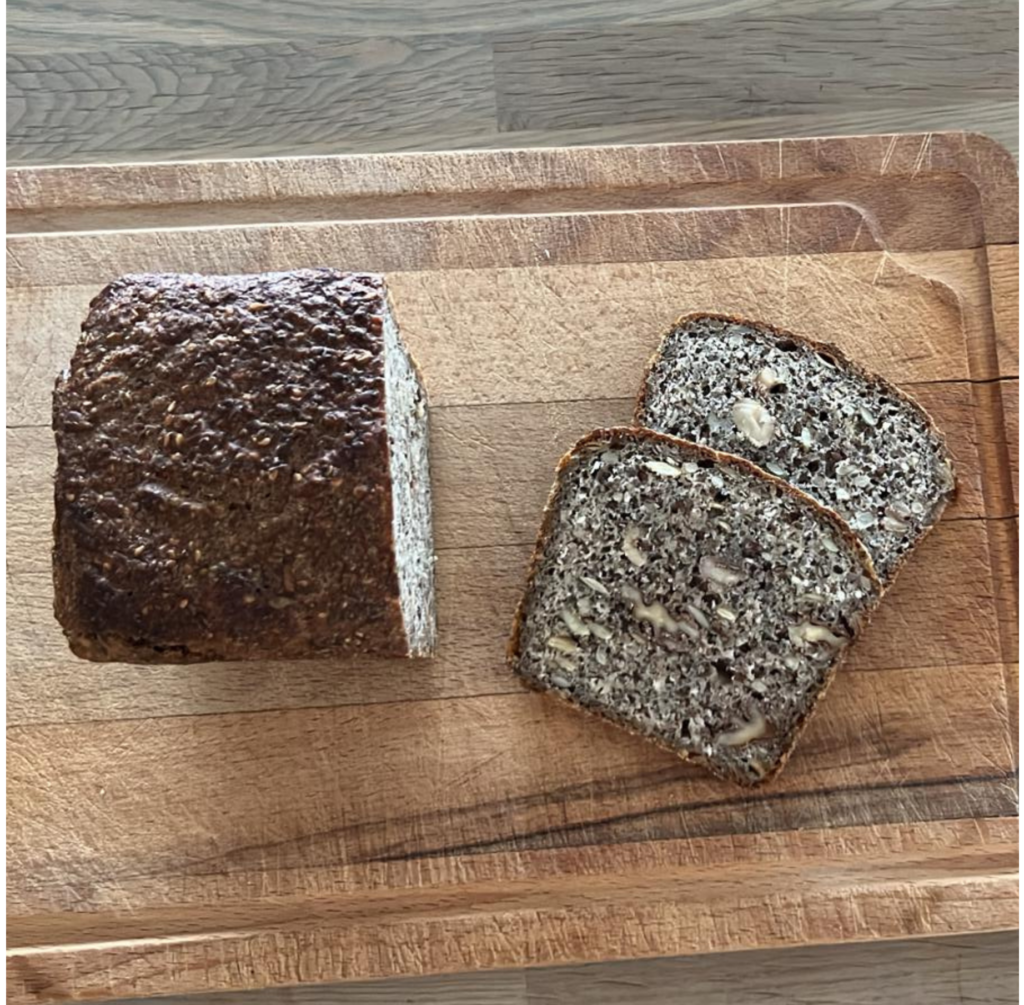My first introduction to Dermaplaning
One of the trends I kept hearing about, but never really understood what meant was Dermaplaning. An old colleague of mine, who was and still is very much into skincare recommended it to me after we discussed a serious situation of eye-brow threading that had not gone very well. I looked like I belonged on some kind of ´do not try at home´ site despite the fact that I went to a professional salon to get them done.
My friend and previous colleague is one someone I consider a skincare encyclopaedia, so her recommendations carry on this topic .
I thought it sounded somewhat scary to bring virtually a blade to my face and I was definitely worried about two things: 1) accidentally cutting myself, and 2) the hair or ´peach fuzz´ I ´shave off´ coming back bigger, stronger and more visible than ever.
After having done Dermaplaning about once a month for a year, I can provide the answers to my two concerns: 1) unfortunately, you can indeed end up with a small cut, so you have to be very careful and take your time. And 2) the hair and fuzz does *drumroll* NOT grow back looking for revenge. Hurray!
What is dermaplaning?
Dermaplaning is essentially a minor skincare procedure which you can get done by professionals at a clinic or perform at home. Its main purpose is to very gently scrape or shave off the top layer of your skin with a sterile blade. This scraping procedure removes dead skin cells, smoothens out your skin and provides an exfoliating effect. Please note that the procedure is meant to be executed by professionals and you are not meant to actually break the skin. If you see any blood or cut yourself, please stop and ask for help.

Benefits of Dermaplaning
Dermaplaning has many benefit, some of which I will list below, but my favourite aspect of it is that your other skincare products are soaking into your pores all that much better. Other benefits include:
- Smoother, brighter skin: By removing the top layer of dead cells, dermaplaning can reveal a smoother, more radiant complexion. This can be especially beneficial for people with dull, rough skin or uneven texture.
- Reduced appearance of fine lines and wrinkles: By gently exfoliating the top layer of skin, dermaplaning may help to diminish the appearance of fine lines and wrinkles, leaving you with a more youthful look.
- Removal of unwanted facial hair: Dermaplaning can effectively remove vellus hair, also known as peach fuzz, leaving the skin feeling softer and smoother.
Drawbacks of Dermaplaning
As with any skincare treatment or procedure, there are always some risks involved. We also have to be mindful of the potential downsides of Dermaplaning:
- Skin irritation: Dermaplaning can irritate sensitive skin, causing redness, inflammation, or stinging. It’s crucial to patch test on a small area before proceeding with a full facial treatment.
- Increased sun sensitivity: Removing the top layer of skin can make it more sensitive to the sun, so using sunscreen with SPF 50 or higher daily is crucial after dermaplaning. You can check out my favourite SPF here.
- Risk of infection: Although rare, if not performed properly or with sterilised tools, dermaplaning can lead to skin infections.
- Not suitable for all skin types: People with active acne, rosacea, or open wounds should avoid dermaplaning as it can worsen these conditions.
Dermaplaning might be your skincare hero. But remember, consulting a dermatologist or licensed professional is crucial to ensure it’s safe and suitable for your unique skin.
Remember:
- Professional Treatment Only: Seek a qualified professional for safe and effective dermaplaning.
- Proper Aftercare is Key: Follow instructions carefully to avoid irritation and infection.
Sun Protection is Essential: Shield your skin with SPF 50+ daily after dermaplaning.






